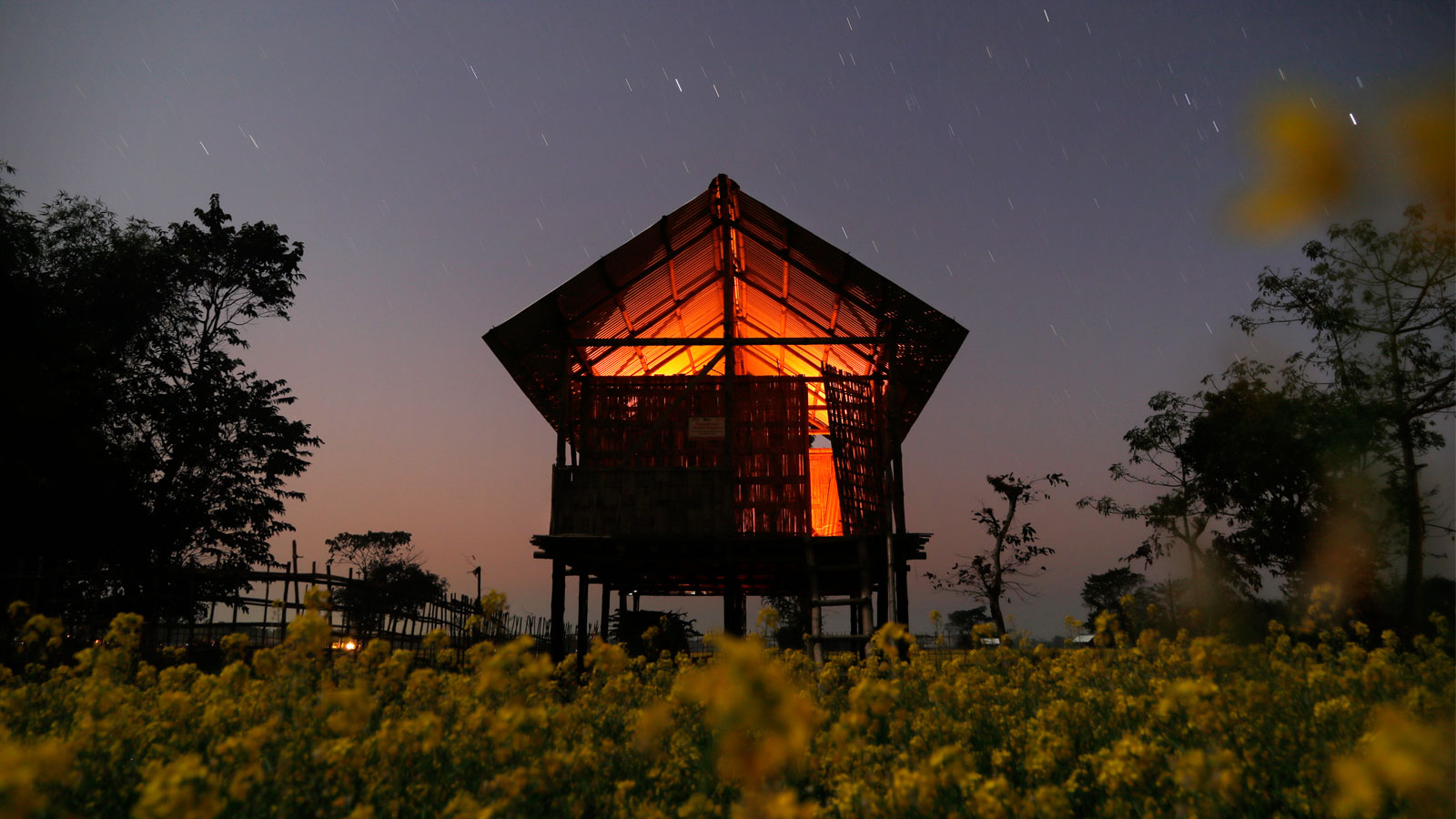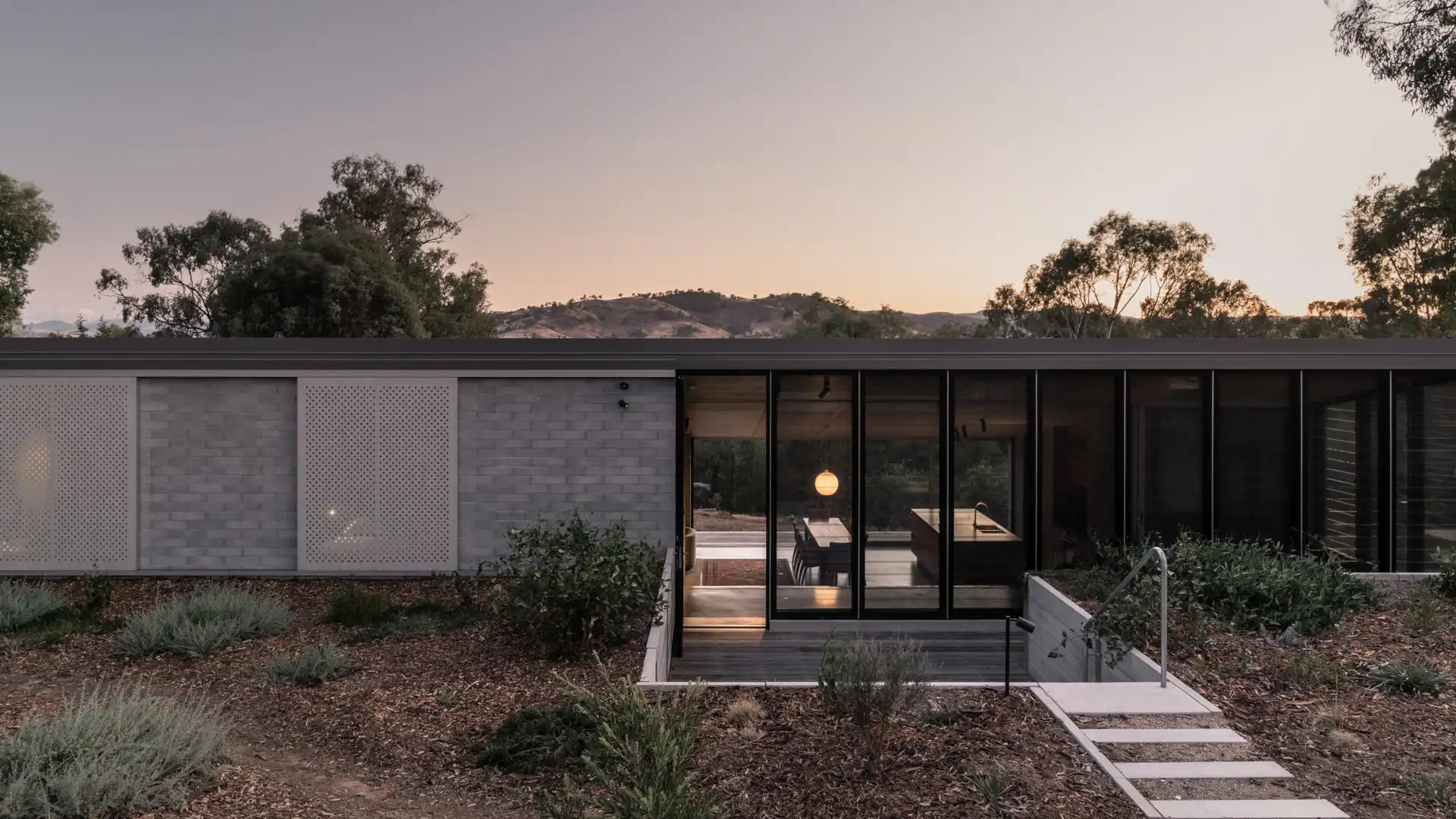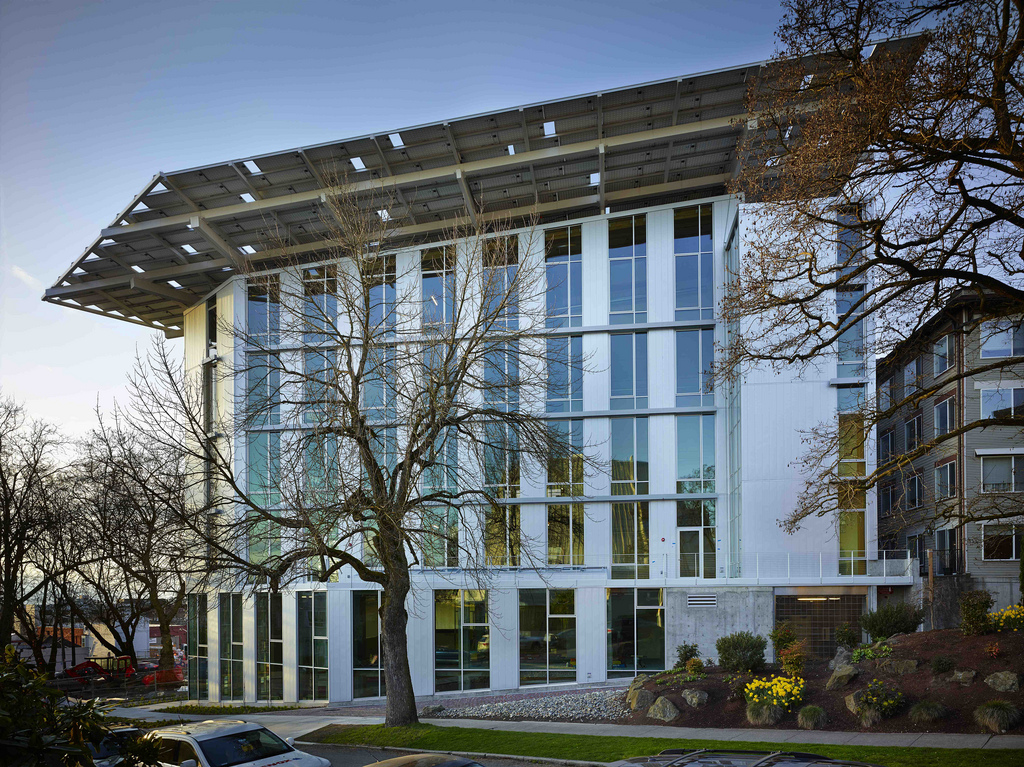- Home
- Articles
- Architectural Portfolio
- Architectral Presentation
- Inspirational Stories
- Architecture News
- Visualization
- BIM Industry
- Facade Design
- Parametric Design
- Career
- Landscape Architecture
- Construction
- Artificial Intelligence
- Sketching
- Design Softwares
- Diagrams
- Writing
- Architectural Tips
- Sustainability
- Courses
- Concept
- Technology
- History & Heritage
- Future of Architecture
- Guides & How-To
- Art & Culture
- Projects
- Interior Design
- Competitions
- Jobs
- Store
- Tools
- More
- Home
- Articles
- Architectural Portfolio
- Architectral Presentation
- Inspirational Stories
- Architecture News
- Visualization
- BIM Industry
- Facade Design
- Parametric Design
- Career
- Landscape Architecture
- Construction
- Artificial Intelligence
- Sketching
- Design Softwares
- Diagrams
- Writing
- Architectural Tips
- Sustainability
- Courses
- Concept
- Technology
- History & Heritage
- Future of Architecture
- Guides & How-To
- Art & Culture
- Projects
- Interior Design
- Competitions
- Jobs
- Store
- Tools
- More

Natural disasters can strike at any time and can have devastating effects on communities and their built environments. From earthquakes and floods to hurricanes and wildfires, these events can cause widespread damage and displacement. Resilient architecture is an approach to building design that seeks to minimize the impact of natural disasters by incorporating strategies that promote safety, durability, and adaptability.
One of the key principles of resilient architecture is to design buildings that can withstand the forces of natural disasters. This can be achieved through the use of strong and durable materials, such as reinforced concrete and steel, that can resist high winds, earthquakes, and flooding. Buildings can also be designed to be more flexible and adaptable, allowing them to sway and shift during earthquakes or high winds without collapsing.
Another strategy for resilient architecture is to incorporate redundant systems that can function even if one system fails. This can include backup generators for power, multiple water sources for drinking and firefighting, and redundant HVAC systems for heating and cooling. These redundancies can help to ensure that buildings can continue to function even in the event of a natural disaster.

In addition to physical strategies, resilient architecture can also incorporate social and community-based approaches. For example, buildings can be designed to facilitate communication and coordination among residents during emergencies, such as by providing common areas for meetings and gatherings. Communities can also be encouraged to develop emergency response plans and to participate in training and education programs to prepare for natural disasters.
One example of resilient architecture is the Resilient House, a prototype home designed by students at the University of Southern California in response to the devastating wildfires that have affected California in recent years. The Resilient House features a number of innovative strategies, including a roof made of fire-resistant materials, a rainwater harvesting system for irrigation, and a modular design that allows for easy expansion and customization.
Another example is the post-disaster housing project in Haiti designed by architect Shigeru Ban. The project used recycled shipping containers as the primary building material, which were then fitted with simple, low-cost features such as rainwater collection systems and solar panels. The project also incorporated community-based design strategies, such as involving residents in the construction process and creating common spaces for social interaction.
Resilient architecture is an important approach to building design that can help to minimize the impact of natural disasters on communities and their built environments. By incorporating physical, social, and community-based strategies, resilient buildings and communities can better withstand the forces of natural disasters and recover more quickly in their aftermath. As the frequency and intensity of natural disasters continue to increase, resilient architecture will become an even more vital tool for promoting safety, sustainability, and resilience in our built environment.
In addition to proactive design, post-disaster recovery plays a crucial role in building resilience. Communities must be equipped not only to survive a natural disaster but also to navigate the complex aftermath. Legal, financial, and logistical challenges often arise, including issues related to hurricane damage claims, which can significantly affect recovery timelines. Addressing these concerns through policy, insurance planning, and streamlined response systems ensures a more comprehensive approach to resilience. As a result, resilient architecture must work hand in hand with broader disaster preparedness and recovery frameworks.

Examples of Sustainable and Resilient Architecture
The Edge in Amsterdam
This futuristic office building is designed to be one of the most sustainable and smartest buildings in the world. It features a combination of sustainable technologies, including solar panels, a rainwater harvesting system, and a smart lighting system that adjusts to the amount of daylight in the building. It is also designed to be resilient to natural disasters, with reinforced concrete construction and a raised foundation to protect against flooding.

Bosco Verticale in Milan
This pair of residential towers is designed to provide a high-density, sustainable living environment in the heart of the city. The towers are covered in vegetation, which helps to absorb carbon dioxide and reduce the urban heat island effect. The towers also have a rainwater harvesting system and a geothermal heating and cooling system. The towers are designed to be resilient to earthquakes and high winds, with a reinforced concrete structure and flexible joints that allow the building to sway without breaking.

The Bullitt Center in Seattle
This office building is designed to be one of the most sustainable buildings in the world, with a goal of achieving net-zero energy and water use. The building features a combination of sustainable technologies, including a rooftop solar array, rainwater harvesting system, and geothermal heating and cooling system. The building is also designed to be resilient to earthquakes, with a steel frame that can flex and absorb energy during seismic events.

Submit your architectural projects
Follow these steps for submission your project. Submission FormLatest Posts
The Ultimate Guide to Fencing in North Dakota: Choosing the Best Fence for Your Property
Watching a chain link fence twist in 70 mph winds near Minot...
Gaudí: Where Architecture Meets Science
Gaudí: Where Architecture Meets Science shows catenary arches, ruled surfaces, and biomimicry...
How Housing Market Forces Shape Architectural Design Today
Architecture never exists in isolation. Buildings rise from a mix of ambition,...
Why Portable Formaldehyde Gas Detectors Matter on Construction Sites
As construction practices shift toward more enclosed and material-intensive environments, the risk...












Leave a comment